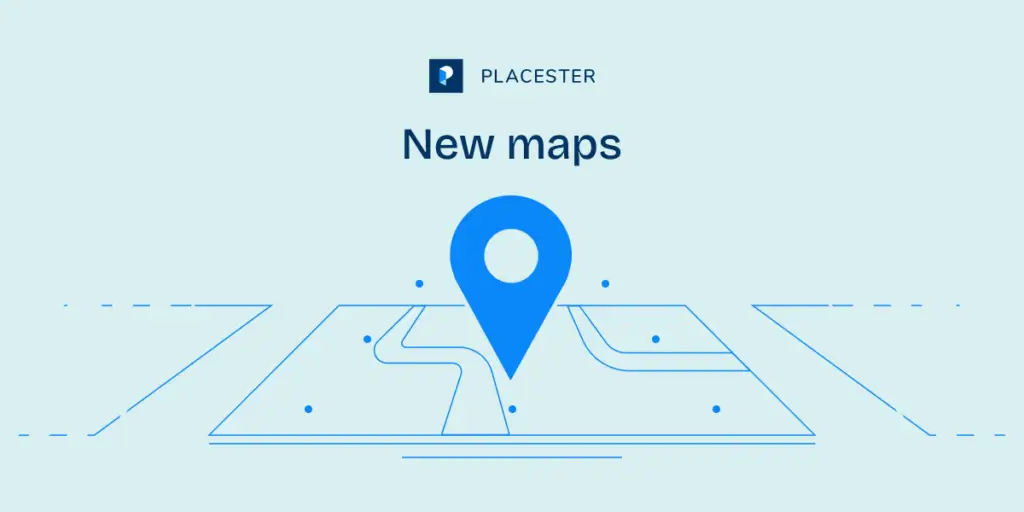
Tongues are still wagging across the real estate world following Edina Realty’s recent announcement that they’ll soon stop syndicating their property listings to third-party aggregators like Trulia and Realtor.com. Let’s break down the controversy and see what all the fuss is about.
What they got right
First, let’s talk about why Edina’s concerns are valid. Ironically, the first problem facing agents and brokers is something Edina doesn’t need to worry about. Many have praised the company for its leadership in this crusade to protect its listings, but Edina is no small fish. They have sixty offices in three states, and more importantly, they’re owned by HomeServices of America, Inc., an affiliate of Berkshire Hathaway. It’s easy for a company with that kind of backing to make this statement—they can at least entertain the possibility of competing with aggregators. But where does that leave smaller brokerages? How can they drive their own leads when they’re up against the Trulias of the world?
In a statement, Edina also suggested that their agents “[shouldn’t] have to pay—directly or indirectly—for leads on their own listings.” Third-party sites would probably say that you’re not paying for your own leads, so much as the exposure that’s giving you those leads in the first place. But when those sites are already nickel-and-diming you for little things like the ability to attach a photo of yourself to your listings, that’s a hard pill to swallow. Next, Edina’s statement noted that “much of the data and information showcased on aggregator sites is inaccurate if it comes from non-MLS sources.” Trulia and Realtor.com aren’t trying to misrepresent your properties—if they were, they wouldn’t exist. But the fact is that these sites don’t have a fiduciary duty to sellers, so they’re not required to have as high a standard. Ultimately, this throws agents and brokers under the bus, as inaccuracies and expired listings end up reflecting poorly on them.
What they forgot
Despite all this, there are some realities that agents and brokers have to face in this debate. The most important is this: clients hire agents and brokers to sell their properties, plain and simple. It may feel right to remove your listings from top aggregator’s sites, but you’ll have a hard time explaining that this is what’s best for your client. As for the idea that agents lose business “because a non-listing competitor pays to present themselves as the contact for your listing,” it’s important to remember that no matter how they present themselves, these people can’t pose as the seller’s agent, only the buyer’s. Yes, they’ll be splitting your commission; but buyer agency is becoming more and more common, so unless you’re representing both sides, splitting commissions is something you’ll probably have to get used to anyway, regardless of where your leads find your listings.
Finally, it’s important to remember that those other agents aren’t getting a sure thing by paying for these leads—after all, only one, if any, will turn into a sale. Furthermore, I’m not so sure I agree that you’re losing “future business opportunities” by working with third-party sites. Other agents may be able to rope a few leads away from you for now, but consumers will quickly get wise to the danger of being locked into some exclusive agreement with a random realtor. And because those leads were connected to these agents solely based on that one listing, rather than a carefully cultivated relationship, who’s to say they’ll stick with them?
What you can do
At bottom, this controversy isn’t about competing with other agents, but with aggregators. We here at Placester have a few ideas about how to do it.
First, you don’t have to play their game at all. There are many channels out there for customer engagement outside the top portals, and you should be pursuing all of them. Because aggregators operate on a national level, they offer different kinds of lead than more local sites, leads that are often much more preliminary than those you’ll find on local sites. I like to think of this in terms of food. People go to MacDonald’s for convenience; but if they’re really serious about getting a decent burger, they’ll come to your neighborhood joint, and it’s this kind of customer that gives you the opportunity to forge lasting relationships and create buzz about your business. (Ever hear someone rave about the Big Mac they had last week? I think not.) Real estate is an inherently local business, and always will be. That means hyper local marketing allows smaller fish to compete in the shadow of the big fish.
Second, Placester helps you navigate some of the challenges of working alongside aggregators. Unless you follow Edina’s lead, the only way to make sure Trulia and Realtor.com fix inaccuracies they created in your data is to keep a close eye on your listings and notify them of errors. Unfortunately, plenty of inaccuracies start on your end, too—but when you have to create the same listing over and over on multiple sites, mistakes are bound to happen. Placester’s syndication tools help you mitigate this problem by creating fewer opportunities for mistakes. Fill out one form, and we’ll post the listing to aggregators for you.
Finally, if you’re worried about being outmaneuvered on the web by aggregators, don’t worry: that just means you’re sane. Aggregators are web companies first and real estate companies second. They’ve spent millions building enormously rich and technologically-advanced websites. But we’re here to even the playing field. Placester’s hosted websites give you the ability to easily design sites that are full-featured and engaging without hiring fifty programmers to do the work. And whether you choose to work with us or not, remember that aggregators may have millions of listings and users, but your website has something that national aggregators will never have: you and your company, with all your local flavor.
(Want more tips on how to get the most from your real estate website? Check out our Guide to Choosing a Website Solution, starting with Part 1: Go Open Source.)



